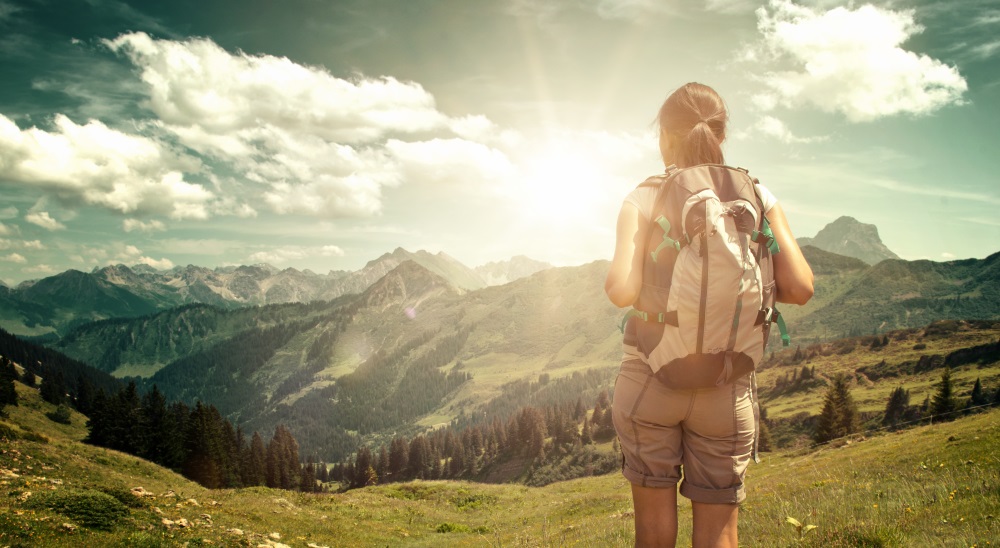Maybe you’re going to Colorado on vacation this summer. Or is the Pacific Crest Trail calling to you? You could be planning your bucket list trip to Peru to hike to Machu Picchu and in the surrounding Andean Mountains. High Altitude hiking is one of the most challenging yet most rewarding outdoor activities you can do. It gives you a unique and unforgettable look at some of the most beautiful places in the world.
Like any extreme adventure, you’ll need to be prepared and know what to expect. If you remember these tips, you have a better chance at a successful high altitude hike and will have the time of your life.
Understand the risks of hiking at altitude. Altitude sickness is real and not to be taken lightly. It can go from a headache to nausea to deadly in a short period of time. Do some general research on the difference between the types of altitude sickness: Acute Mountain Sickness (AMS), High Altitude Pulmonary Edema (HAPE) and High Altitude Cerebral Edema (HACE). It’s important to recognize the signs and symptoms of altitude sickness.
Get fit! Hiking is the best workout for hiking. Do training hikes with a heavy pack of 30-40 pounds. Run stairs or hills, as these will get the calves and glutes in shape. Getting as high as possible altitude-wise is always suggested. Try to find hikes that will get you 1,000 to 3,000 feet of elevation gain if possible.
Fuel your body and hydrate, hydrate, hydrate! Your muscles will burn energy more quickly at altitude than at or near sea level. You will need more calories than you are used to consuming and your body will demand carbohydrates. Jerky, chocolate, peanut butter crackers, and small containers of pasta and veggies are all great choices. Plan the amount of water you bring based on the mileage but typically 3-4 liters is appropriate.
SPF and layers are a must! The sun is more intense at high altitudes and wind can definitely be a factor as well. Don’t skimp on the sunscreen, wear light colored layers, eye protection and a hat. Also important is wind and waterproof clothing as well as wicking fabrics.
Know your limits and take it slow. Be prepared to turn around if you’re not feeling well. Your body well let you know so pay attention. The air is thinner so you will naturally be slower. If you push too hard, you may end up regretting it. Take your time and enjoy the adventure.
No matter where the high altitude destination is, be prepared and know what to expect, especially if you are a flat-lander.













